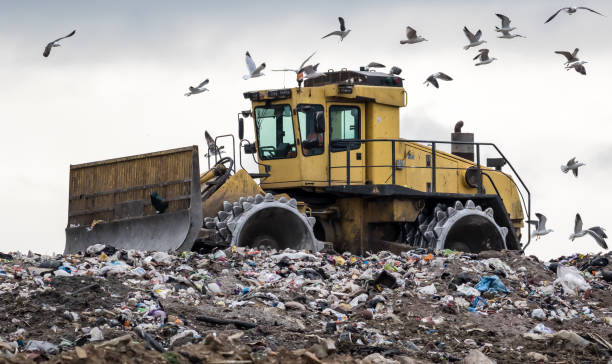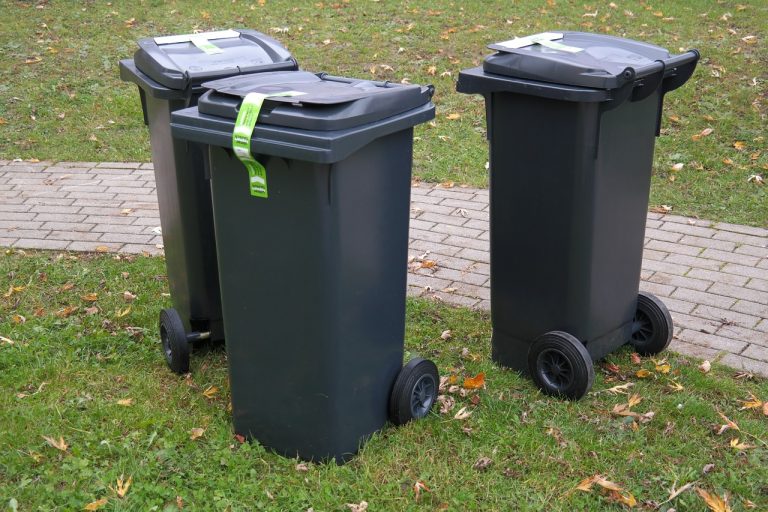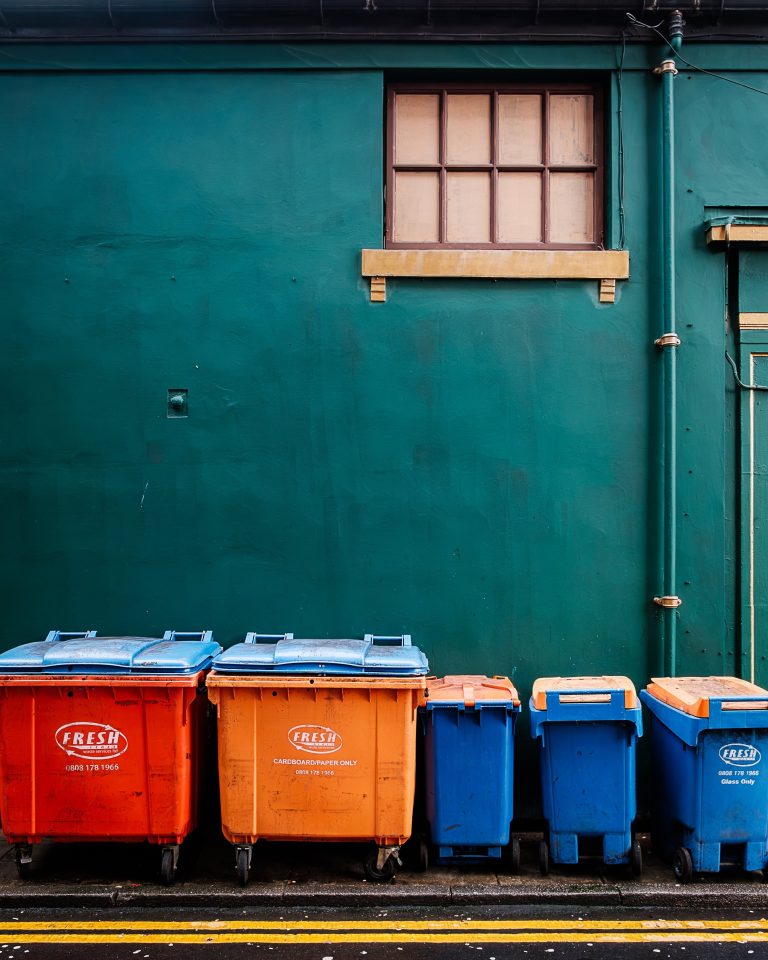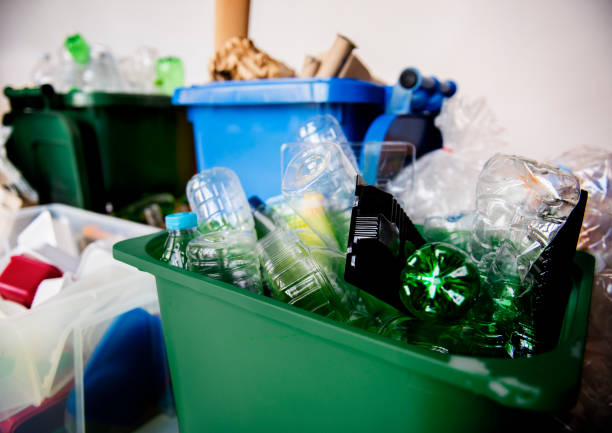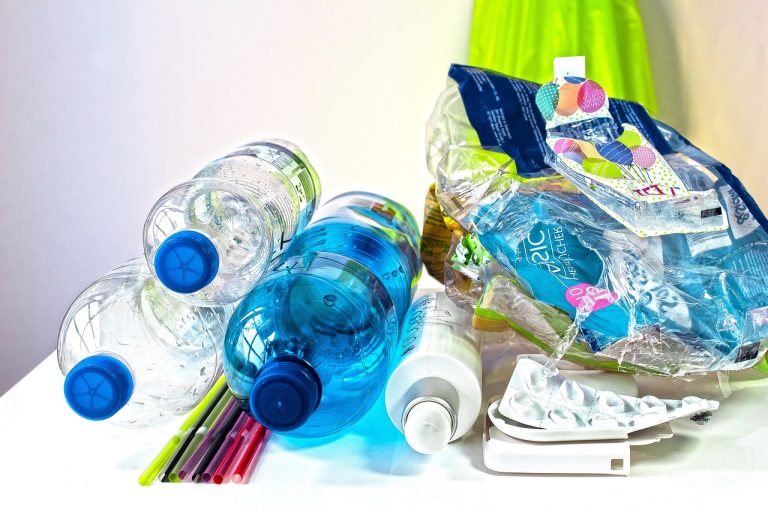The Issues With Waste Disposal in UK Landfills
Landfills are the workhorses of our waste disposal system, handling various types of waste and recycling processes. Silently accepting a vast array of unwanted materials, landfills in the UK continue to grow. From everyday household trash and construction debris to industrial waste and even treated medical waste, These designated dumping grounds keep our communities clean and isolate potentially hazardous materials and municipal waste, but the health effects are concerning.
Positive Side of Landfills
Proponents of landfills point to their role in generating energy. Methane gas, which is a significant landfill gas emission, a byproduct of decomposing organic matter within landfills, can be captured and converted into usable power. Additionally, landfills create local jobs and support businesses involved in waste management and infrastructure.
Negative Side of Landfills
However, the health effects of living near a landfill cannot be ignored. the convenience of landfills comes at a significant environmental and health cost.
- Air Pollution: Landfills are major contributors to air pollution, largely due to landfill gas emissions containing methane and carbon. Methane, A potent greenhouse gas 25 times more effective at trapping heat than carbon dioxide, methane, and carbon are major landfill emissions. escapes from landfills, accelerating climate change through landfill gas emissions. Furthermore, harmful fumes from household chemicals like bleach and ammonia, as well as agricultural chemicals, can contaminate the surrounding air, posing respiratory risks for nearby communities.
- Water Contamination: Landfills aren’t just a threat to the air we breathe, but also due to the hazardous waste they may contain. but also to the water we drink, which could be contaminated by substances from landfill sites. Leachate, a toxic soup of chemicals, gases, and toxins, seeps from landfills and contaminates groundwater supplies. This not only pollutes our drinking water sources but also harms the delicate ecosystems of plants and animals that rely on them due to the presence of biodegradable waste.
- Wildlife and Landfills: Examining the Impact of Municipal Waste Animals like birds and rodents are often drawn to landfill sites in search of food. Unfortunately, much of our business waste ends up in landfills. They end up ingesting harmful materials like plastic and aluminum, which contain toxic substances. jeopardizing their health and potentially impacting the food chain.
- Health Concerns for Humans: Living near landfills exposes residents to a heightened risk of health problems. Studies have linked proximity to landfills with an increased risk of birth defects and other health effects. certain cancers, possibly linked to hazardous waste, and respiratory issues.
The Road Ahead: Proper Waste Management
Modern landfills are increasingly incorporating waste management systems to minimize pollution and contamination. However, the ideal solution lies in waste reduction, Recycling reduces the amount of waste that ends up in landfills—and composting to decrease the volume of materials that end up in landfills. By minimizing the amount of waste we generate and finding responsible ways to dispose of what remains, we can move towards a future where landfills are a relic of the past, Not a necessary evil, waste treatment and recycling offer better alternatives to sending waste to landfills. The choice lies with us – do we continue down the path of a ticking time bomb, sending more waste to landfills? or do we embrace a more sustainable approach to waste management by reducing food waste?

